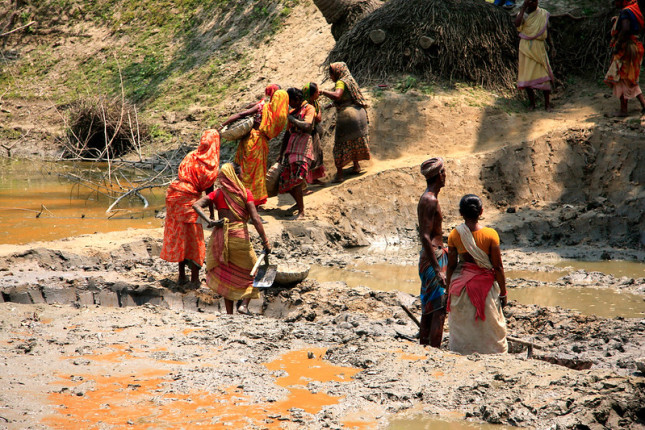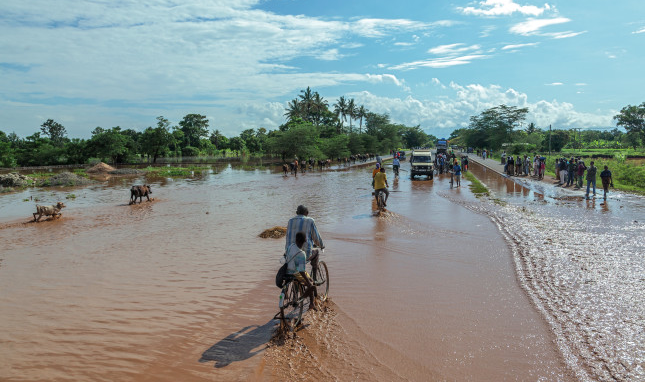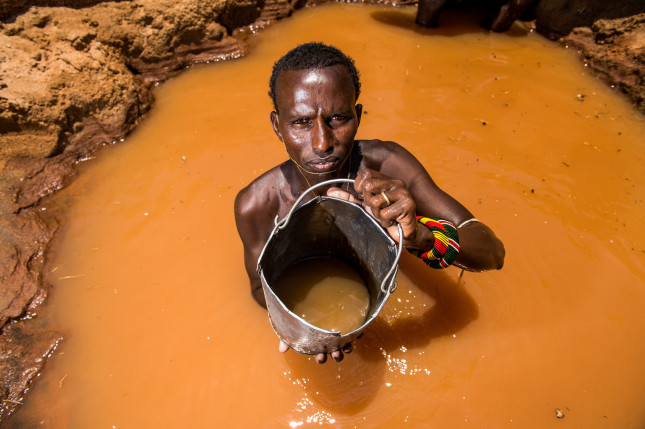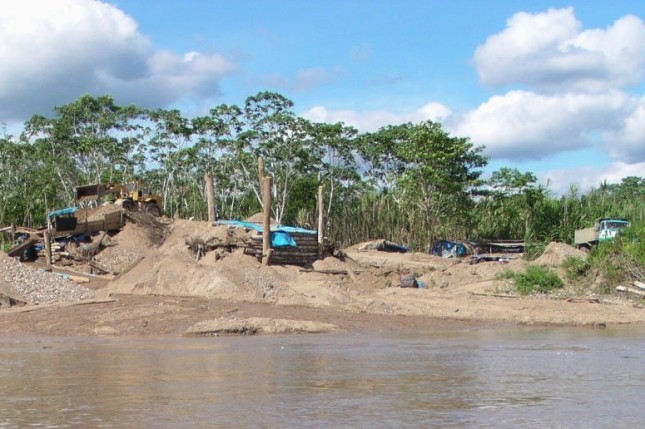-
The Top 5 Posts of July 2020
›
The U.S. Agency for International Development revamped its Water Office this spring, renaming it the Center for Water Security, Sanitation, and Hygiene, and adding it to the Bureau for Resilience and Food Security. In this month’s top post, Stephanie Cappa and Sarah Davidson highlight the importance of this shift for elevating water security as a central development issue, and call for increased attention and support to build more resilience and sustainability into food and water systems.
-
The Top 5 Posts of March
›
What is needed to close the billion dollar financing gap to achieve Sustainable Development Goal 6—ensuring the availability and sustainable management of water and sanitation for all—by 2030? In our most read post of the month, Wania Yad, Amanda King, Kelly Bridges, and Thomas Boynton explore a range of financing approaches that can accelerate global access to water and sanitation.
-
The Environmental Dimensions of Sustainable Recovery: Q&A with Ken Conca and Anita van Breda (Report Launch)
›
Recognizing the need to address environmental challenges in the wake of war and disaster, American University’s School of International Service and World Wildlife Fund (WWF) joined together to launch the project “Environmental Dimensions of Sustainable Recovery: Learning from Post-Conflict and Disaster Response Experience.” As representatives of a leading conservation NGO (World Wildlife Fund) and a professional graduate school with extensive expertise in environment, development, and conflict resolution (American University’s School of International Service), Anita van Breda and Ken Conca’s partnership helped to conduct a truly cross-organizational, cross-perspective exchange and familiarized them with the challenges and opportunities that occur when working across sectors and organizational cultures.
-
Top 5 of November 2019
›
In November, New Security Beat launched a new series, “Uncharted Territory: The Next 25 Years of Environment, Health, and Security.” In the most read post of November, Kayly Ober’s contribution to the special series offers creative policy solutions to the climate migration debate.
-
The Top 5 Posts of August 2019
›
In August’s most-read post, Nathanial Matthews explains how globally, most water infrastructure isn’t designed to meet the demands of a changing climate. Matthews showcases highlights from a new report, Wellspring: Source Water Resilience and Climate Adaptation, which explores innovative approaches to source water protection in the context of a changing climate. The complications of a changing climate are not always so clear, especially its connection to armed conflict. Our fourth most popular post, by Cullen Hendrix and John O’Loughlin, shares the results of a study that aimed to provide a consensus regarding climate-conflict links.
-
Lisa Palmer, Mongabay
Precision conservation: High tech to the rescue in the Peruvian Amazon
›August 28, 2019 // By Wilson Center Staff
The mother capybara and her three babies chew on grasses along the Los Amigos River as we drift near. Around a bend, white caimans fortify each sandbar, mouths open, waiting. Kingfishers plunge into the water to retrieve a morning meal, as oropendolas fly overhead. Spider monkeys and red howlers balance in the treetops of the soaring canopy 30 to 60 meters (100 to 200 feet) high that lines both riverbanks.
-
Water, Conflict, and Peacebuilding: A New Animated Short from the Wilson Center and USAID
›
Water brings us together. It is essential to the health of individuals, the vitality of communities, and the stability of nations. A new animated short from the Wilson Center and USAID’s Office of Conflict Management and Mitigation celebrates how working together to ensure safe and sufficient water supplies not only increases the resilience of communities, but also helps build peace in war-torn nations.
-
Women Are the Secret Weapon for Better Water Management
›December 11, 2018 // By Wilson Center Staff
In the 1980s, the government of Malawi began providing piped water to low-income households in 50 districts, establishing community-run tap committees to collect bills and manage systems. Men made up 90 percent of committee memberships—and problems quickly became apparent.
Showing posts by Wilson Center Staff.











